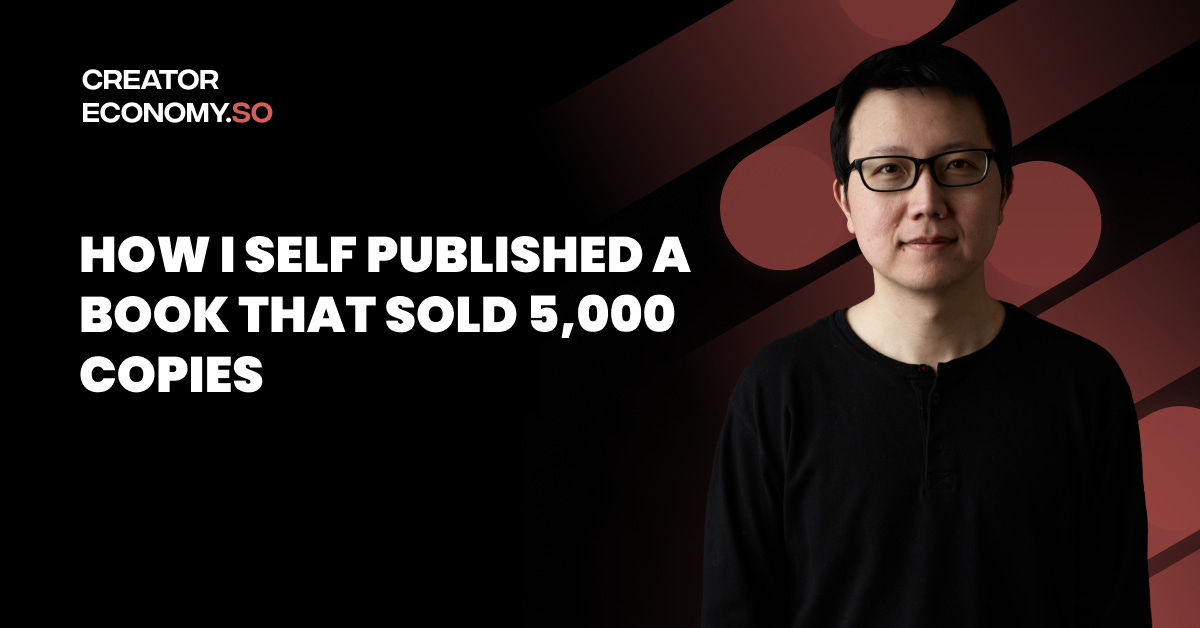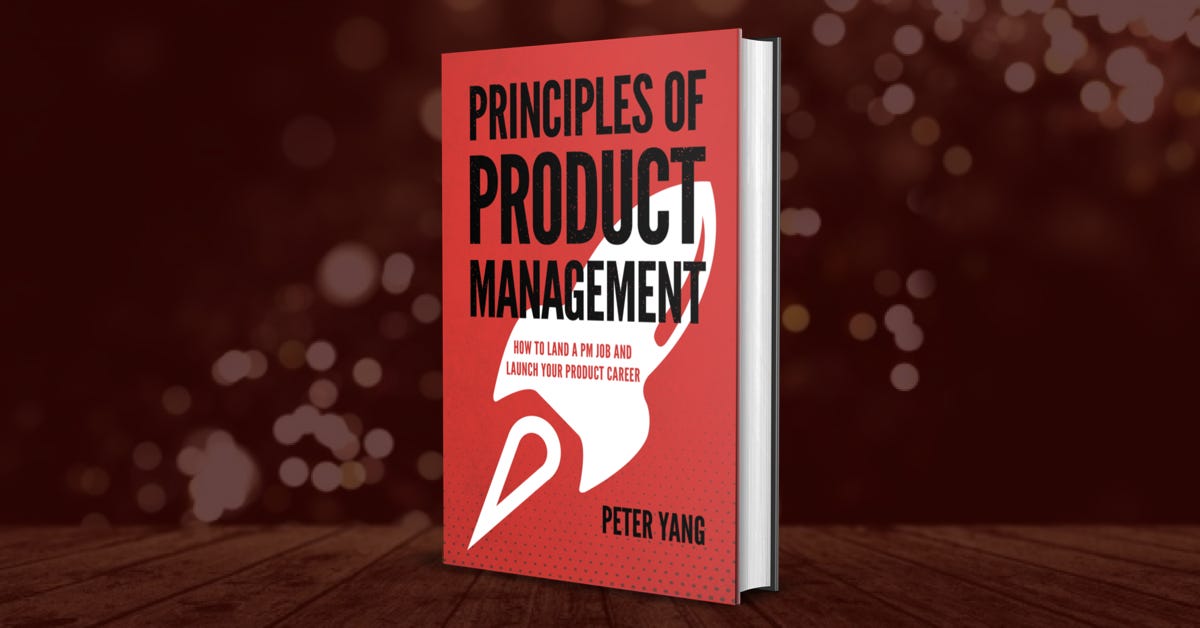How I Self Published a Book that Sold 5,000 Copies
How my PM book became an Amazon best seller
Dear subscribers,
In January 2020, I self-published a book called Principles of Product Management. A year later, the book has sold 5,000+ copies.
If you want to be an author someday, here are ten steps to make that goal a reality:
Know your why
Find an audience
Make an outline
Start writing
Cut, cut, cut
Find early reviewers
Try traditional publishing
Build a launch plan
Get professional help
Launch
1. Know your why
Don't write a book to make money. Write because you have something to share.
It took nine months to write my book. I wrote before dawn, in the subway to work, and on the weekends. Often, I had to sacrifice time with my family to write.
From a financial perspective, writing a book doesn’t make a lot of sense. I made about $35,000 pre-tax after Amazon's 30% cut. While not insignificant, people had earned more from newsletters and video courses with less time investment.
So why did I write a book? I wrote it because it was difficult for me to become a product manager. Here's an excerpt from the first chapter:
Days passed with no response, and I began to feel anxious. Finally, late on a Friday afternoon, my product director stopped by my desk and asked if I had time to meet. We walked into that same windowless conference room. "Peter," she said, "You did well on two of the interviews, but your leadership examples weren't great. I'm afraid you didn't pass the loop." My heart sank. She tried to comfort me: "I know you did a great job over the past six months, and the team loves working with you. You could always try again in another year.”
This story is all too common for new and aspiring product managers. I wrote the book that I wish I had when I was failing PM interviews and wondering if I'll ever make it.
2. Find an audience
Before I started writing, I tried to answer three questions:
Who is my customer?
What is the customer problem?
How will this book solve the problem better than other resources?
My customer was new and aspiring PMs. New PMs often struggle to pick up best practices on the job. Aspiring PMs need help breaking into a field that looks for product experience.
Existing solutions include blog posts, product courses, and interview prep books. Nobody had written a practical guide that walks new and aspiring PMs through leading without authority, building products, and landing a job all in one place.





